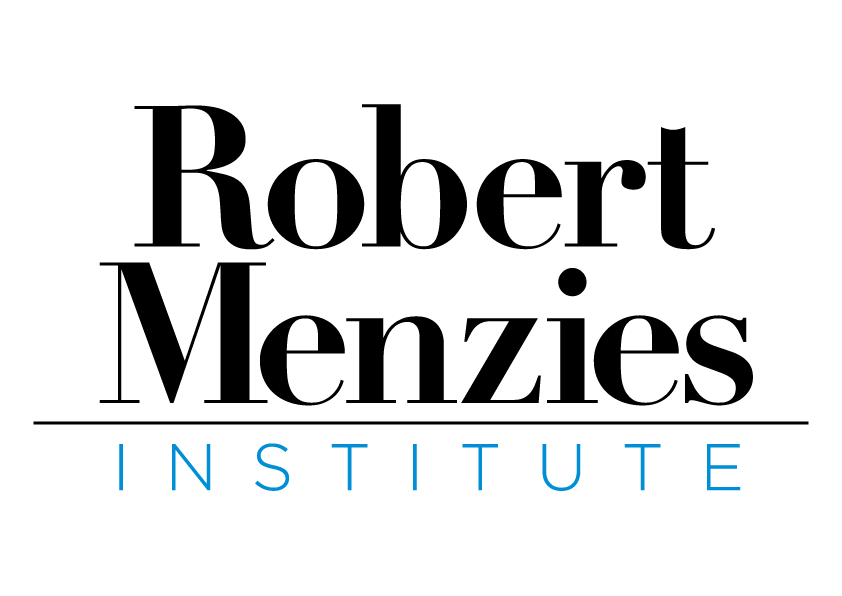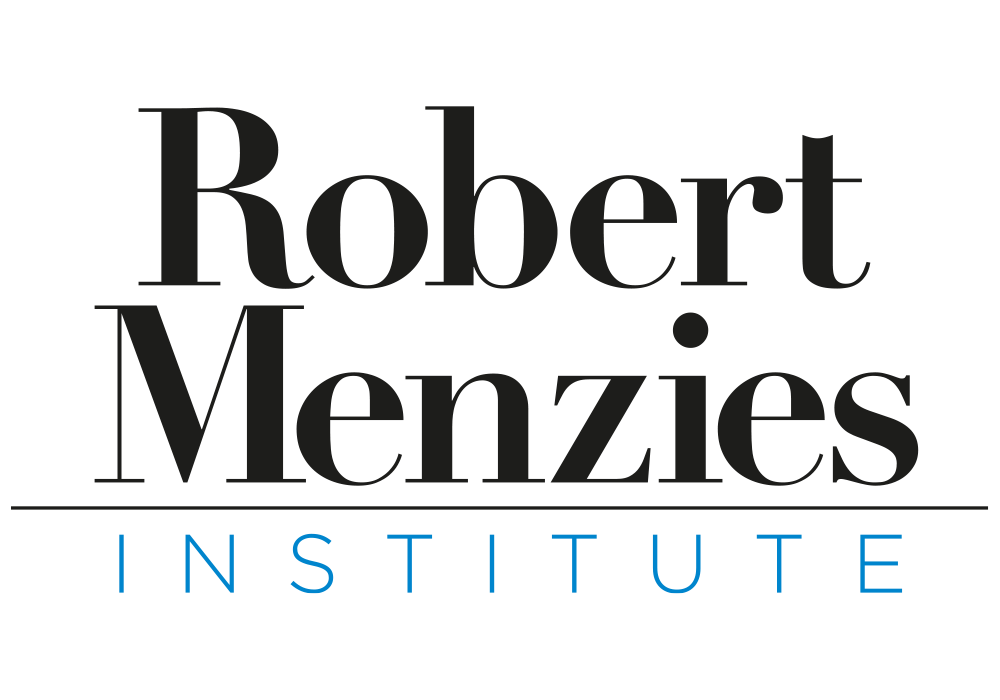Decimal Currency
A prototype ‘Royal’ designed in 1963. Image from the National Museum of Australia.
On this day, 14 February 1966, Australia introduces decimal currency, replacing the old system where a pound was made up of 20 shillings and a shilling of 12 pence, with a simplified dollar comprised of 100 cents. Conversion Day (or C-Day) had a long build up, as Robert Menzies had first announced the currency changeover in 1963. Though the actual implementation narrowly post-dated his retirement, the currency change is one of the most tangible innovations of the Menzies era as it effects ordinary Australians every single day.
The idea of rationalising Australian currency into some form of base 10 system had been floated for almost the entire history of the Commonwealth. In 1902 a Select Committee on Coinage gave consideration to dividing the sovereign currency into 10 florins, which in turn would be made up of 100 cents. In the 1930s the proposal was raised again as a recommendation of a Royal Commission into the banking sector which took place during the Lyons Government. This Commission was largely set up to investigate the causes of and responses to the Great Depression, but when the Commission’s final report was released, Secretary Jock Phillips included a rather tangential 29th recommendation calling for the introduction of ‘a system of decimal coinage … based upon the division of the Australian pound into 1000 parts’. The reasoning given was that:
‘With this introduction, money calculations of all kinds will be simplified and shortened and a great deal of time and trouble will be saved in industry and commerce, more of the time of school children too can be devoted to other subjects. The chief difficulties to be overcome are tradition, inertia and inconvenience in the transitional period.’
Tradition and inertia held sway for another twenty years, but by the late 1950s the complexities of a modern and globalising world prompted action. In 1959 Treasurer Harold Holt set up a Decimal Currency Committee to investigate the issue, and its findings led to the Currency Act of 1963. The hassle and cost of the changeover would be immense, forecast at £30 million, but this figure would quickly be dwarfed by the £11 million which decimalisation was projected to save the economy every single year.
A public competition was held over what to name the new currency, and this received submissions suggesting Austral, Oz, Boomer, Roo, Kanga, Emu, Koala, Digger, Zac, Kwid, Dinkum, and even Ming (Menzies’s nickname). Menzies instead chose ‘Royal’, perhaps as an attempt to compensate for the sentimental loss of moving away from the British-associated pound (it should also be noted that in 1963 there was a Royal Tour by Queen Elizabeth II, just the second time a reigning monarch had visited Australia). However, the choice of ‘Royal’ was so derided in the press and unpopular in opinion polling that the Government was forced to backflip, opting instead for the more neutral designation of ‘dollar’.
The change necessitated a massive public information campaign to prepare people and to reassure them that there would be no adverse side-affects. The Decimal Currency Board even created a cartoon character known as ‘Dollar Bill’ to use in various media, including a particularly memorable ad where he sang a jingle to the tune of ‘Click go the shears’.
To produce the vast number of coins necessary to swap over, the Federal Government had to invest in a new Royal Australian Mint built in Canberra. This was the largest single expense of the whole enterprise, and such was its importance that it received a royal opening by Prince Phillip in 1965. Coin designs primarily showcased Australian fauna, whereas the notes were designed to celebrate some of Australia’s greatest innovators and achievers like John Macarthur, Charles Kingsford Smith, Douglas Mawson, and Joseph Banks. While $1 & $2 bills and 1 & 2 cent coins have all disappeared over the years, overall the fauna-based coin designs have proven more enduring, as Australians have tended to want to rotate which individuals they commemorate on their notes, as well as moving to give greater representation to women and Indigenous Australians.
The value of the new dollar was set at the equivalent of 10 shillings, meaning that the dollar was exactly half the value of a pound. The idea that prices might appear to double overnight was one of the causes for concern, but as salaries also matched this it was more of a case of optics than real inflation. Two years were given as a grace period for the acceptance of the old currency, but banks were forced to make the change immediately. On C-Day some 5000 branches all simultaneously began using Australian dollars, but remarkably, little teething problems were experienced. It was a triumph of logistics, with public servants and private enterprise working hand in hand to achieve something of lasting consequence.
Further Reading:
‘Defining Moments: Decimal Currency’, Museum of Australian Democracy, https://www.nma.gov.au/defining-moments/resources/decimal-currency
‘The Decimal Revolution’, Reserve Bank of Australia Museum, https://museum.rba.gov.au/exhibitions/the-decimal-revolution/a-new-currency/
The ‘Dollar Bill’ song can be viewed on the National Film and Sound Archive Youtube page: https://www.youtube.com/watch?v=5ZTeWLA1LAs



